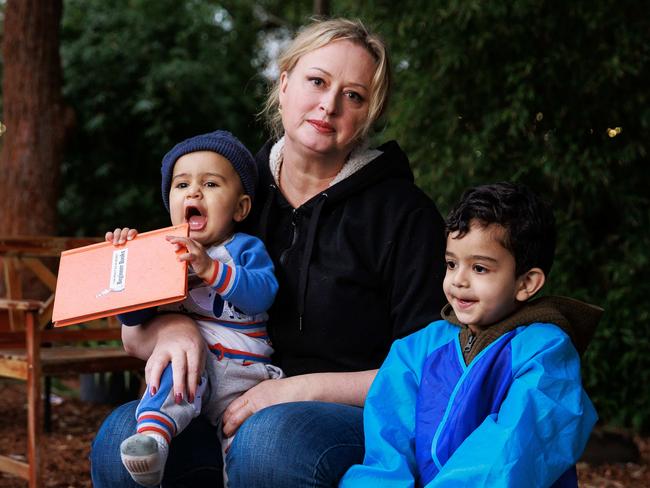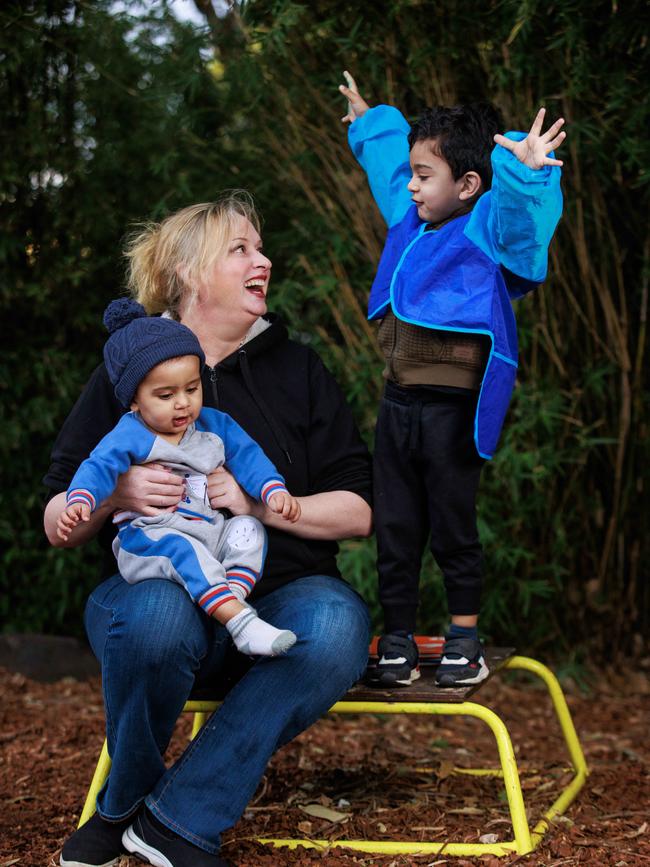Childcare sector survey reveals four in five NSW services capping enrolments, 2500 places lost
This childcare centre owner’s message for Anthony Albanese is simple: “It doesn’t matter how cheap you make childcare, if there is no childcare to be had.”

NSW
Don't miss out on the headlines from NSW. Followed categories will be added to My News.
Thousands of families across NSW are missing out on childcare places each week due to staff shortages, with as many as four in five centres reporting they’ve been forced to turn children away.
In February the Australian Childcare Alliance (ACA) surveyed 101 NSW childcare services, the majority operating as long day cares, and found 85 per cent were capping the number of enrolments they offer due to inadequate staff numbers, or not enough with the correct qualification.
The number of places lost to families ranged from single digits into the hundreds, equating to upwards of 2500 unstaffed places. At one service alone, 320 children each week were reported to be missing out on a spot.
Surveyed again over one week in May, 72 per cent said they were still turning away kids. The figures make NSW’s workforce shortage the worst of any state – nationally, 56 per cent of services are capping enrolments.
Australian Childcare Alliance CEO Paul Mondo said the scale of the problem came as “a bit of a shock”.

“I knew it was happening, and hence why we thought we would try to … quantify it in a meaningful way. But I truly didn’t expect that it would be at that sort of at that level,” he said.
Nesha Hutchinson, owner of Cressy Road Early Learning in Ryde, said the waiting list for her centre has blown out but she’s been unable to offer places to desperate families because she can’t find staff and doesn’t want to rely on casuals to prop up the business.

“The licence for the place is 68 (children) and I pay rent based on that. But I’m not able to offer 68 places each day,” she said.
“I can’t find good quality educators. I’ve been in this sector for all of my life and … I have never had a problem finding staff – I’ve got staff who’ve been working for me for over 20 years, and continue to do so – but (now) I just can’t find enough educators.
“We cannot provide a high quality service if I’m relying on casual staff to make positions available, because children need consistent carers.”
Ms Hutchinson said she’s spent $90,000 over the past year on agency fees, and the few outside applicants she gets are demanding wages far beyond what she can viably offer without increasing fees for families.
“Wages make up 85 per cent of our outgoing expenses. There is an incredibly delicate balance between paying staff what they’re worth, and what they deserve, and then charging families,” she said.
“At the moment there are some country towns where it wouldn’t matter what you were paying, there just simply aren’t the qualified staff in those country towns to be able to work in the service.
Her message for the Albanese government is simple: “It doesn’t matter how cheap you make childcare, if there is a critical workforce shortage there is no childcare to be had.”
From July, the Cheaper Child Care legislation will come into effect, increasing the subsidy rate and in turn, demand for children’s places in early learning services by 37,000 extra places nationally.
Mr Mondo said the government must urgently address the staffing crisis, and incentivise those already qualified in early childcare and education to return to the workforce.
“We need to shift the narrative a little bit around the pay and conditions that they face,” he said.
“There is a real need for us to get a commitment from government to fund those wages.”
More Coverage
Read related topics:Anthony Albanese





